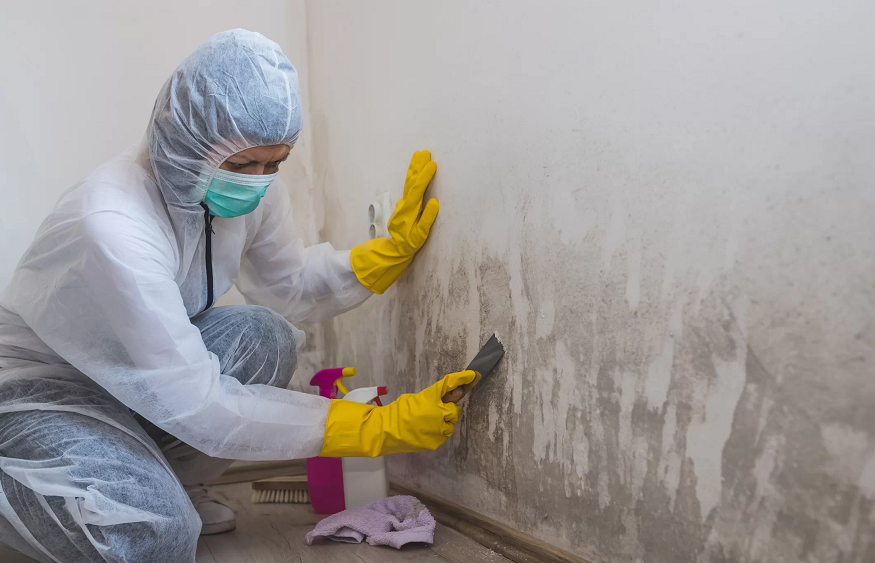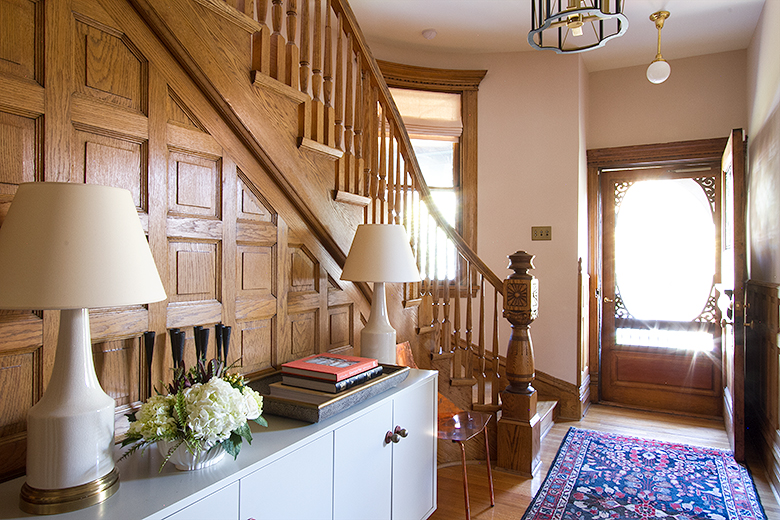Mold can be difficult to spot, but it has the potential to harm a building in the long run seriously. The most typical symptoms of mold exposure can look like allergies or the common cold, but mold can also cause significant health problems and infections. Congestion, headaches, and sore throats are all potential indicators of mold in the house. If mold levels are found to be abnormally high, as assessed by indoor air quality tests or an inspection, remediation is recommended. This should be done by reputable mold removal companies Hartland, with certified, trained staff members who have a background in removing and cleaning up mold from a building.
How Does it Spread, and What’s the Remediation Process?
Mold releases spores into the air. These are reproductive cells and are undetectable to the naked eye. If moisture and oxygen are present in the environment, mold can spread and grow everywhere in the house. Plasterboard, insulation, tile, textiles, and wood are common breeding grounds for mold infestation. The following stages are the basic procedures for professional mold remediation:
Application of Antimicrobial
The very first phase of corrective action. If the property has recently suffered water damage, but there is no obvious mold growth, experts generally apply an antimicrobial agent to prevent mold growth until the wet area has dried completely. If mold spores are present, antimicrobials might eradicate them as well.
Source Identification
Mold often turns up in areas recently soaked in water or close to a moisture source. Condensation is a problem in places like restrooms, basements, sink cabinets, and window sills. With cutting-edge, industry-specific moisture detection technology and inspection methods like thermal imaging, mold removal companies Hartland can spot higher moisture levels in properties. This is useful in finding the source of the water intrusion.
Containment
Mold can spread promptly in ideal circumstances. The experts will isolate any affected areas once the moisture infiltration source has been treated to stop the propagation of mold spores to other parts of the building. Containment plays a significant role in minimizing the potential impacts of cross-contamination on nearby unaffected regions.
Filtration of Air
Mold spores can get airborne during the mold removal process. The necessity for air purification goes hand in hand with containment. The whole operation is carried out with the use of negative air machines equipped with high-efficiency particulate (HEPA) air filters. This guarantees that mold spores, dust pollen, bacterial volatile organic pollutants, and other airborne particles are cleared out of the affected area.
Cleanup and Removal
In most cases, the only way to ensure proper mold removal is to dispose of damaged items completely. This often involves plasterboard, insulation, hardwood trim, carpet, and even furniture. Professionals comply with S520 industry standards set by the IICRC to get rid of mold from the property.
Conclusion
Typically, the mold remediation process takes one to five days. Depending on the type of contaminated substance, the location, the type of mold, and how severe it is, the whole timeframe may vary. By engaging professional mold removal companies Hartland, the whole process can be wrapped up quickly and with perfection!




